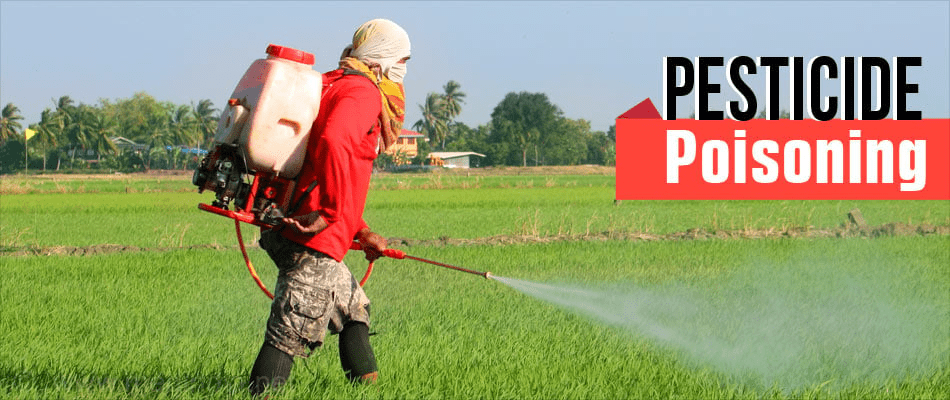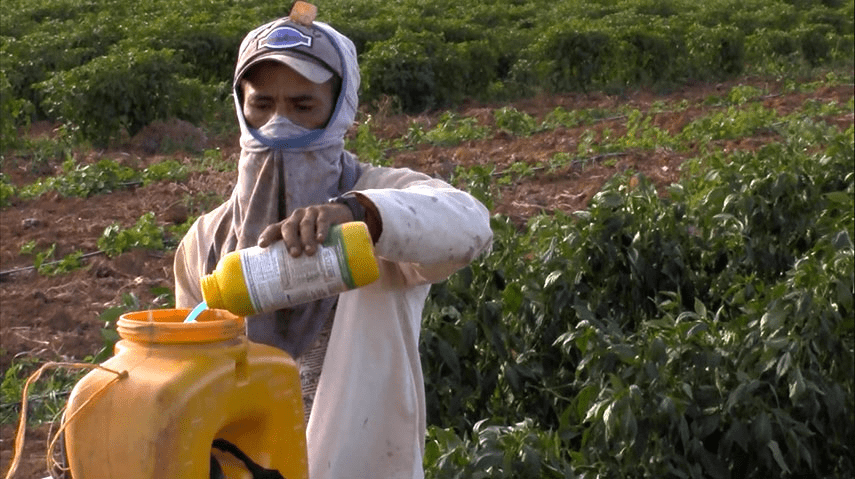All pesticides are poisonous. Extra care should be taken to avoid pesticide poisoning of the applicator and damage to the environment. Damage to both man and environment will arise if too much quantity has been added to the water or where a faulty application equipment was used.
There are a number of precautionary measures to take when planning to use a pesticide and even during usage.
Before you use any chemical, look out for its hazard classification which is always written on the label. For example
Class I pesticides: extremely / highly hazardous DO NOT USE
Class II pesticides: moderately hazardous take great care
Class III pesticides: slightly hazardous take care
Unclassified / Class IV pesticides: unlikely to be hazardous still take care
This will guide you on the level of extra care required in the handling of pesticides.
Procedure
1. Read and understand the product label
The product label contains important information on product features and on risks relating to product use, together with adequate measures to take in the case of an emergency.
2. Practice good personal hygiene
Always have clean water available when working with chemicals. Do not eat, smoke or drink whilst handling, working with or applying crop protection chemicals and do not work alone. Always have a companion in the field
Read Also : Production of Disease and Pest Resistant Plants
If someone shows any of these symptoms after being exposed to pesticides, medical advice should always be sought.

These include vomiting, convulsions, loss of reflexes, unconsciousness, inability to breathe, fever, muscle twitching, thirst, constriction of eye pupils (eye pupils become small) and increased rate of breathing.
Apply first aid as fast as possible and take the patient to the nearest medical centre. Carry along the chemical container with the label.
3. Approach to First Aid
If someone shows any of these symptoms of pesticide poison after being exposed to pesticides, medical advice should always be sought. Please conduct the under listed actions as First Aid.
Find out if possible the way the poison entered the body. This may either be through the mouth, nose, skin or eyes.
If the pesticide has been inhaled, move the person to fresh air.
If the pesticide is in the person’s eyes, quickly wash the eyes for 15 minutes with clean, gently running water. If there is no running water, bathe eyes from a container, frequently changing the water.
If the pesticide is on the skin, remove all contaminated clothing and wash the affected area thoroughly with soap and water.
If the patient is not breathing, apply artificial respiration if possible.
If the pesticide is swallowed, and only if the person is conscious, rinse the mouth with plenty of water and read the label on the pesticide container for further instructions.
Keep the patient warm and comfortable.
However, always follow the first aid instructions on the pesticide container label.If in doubt, seek medical advice.
In summary, all pesticides are poisonous and where it has become very necessary to use, follow instructions for use on the label and be extra careful in the handling. Avoid over dosage or under dosage and use the correct/functional sprayer always.
No matter how strong you are, do not spray alone in case of accident. Be safety conscious always and where you suspect a case of poisoning, follow the first aid instructions and finally see your doctor for further medical attention.
Read Also : Management Functions of Buffer Zones






